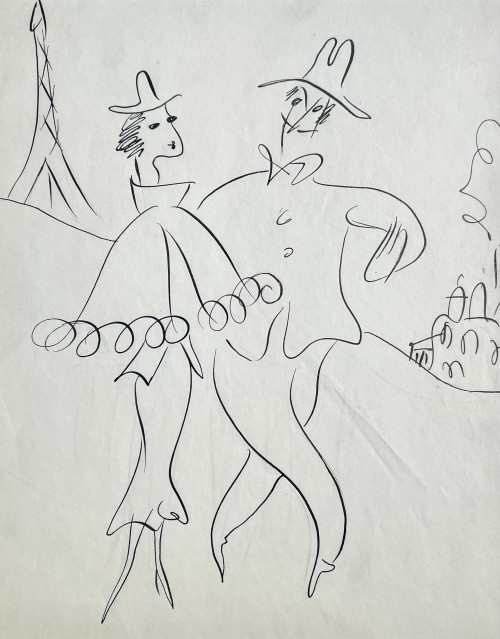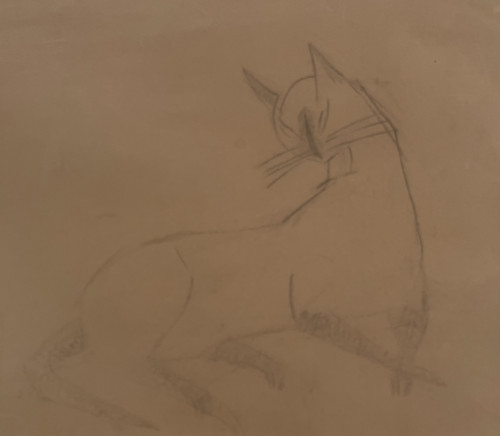- HOME
-
- View All Items
- New Arrivals
- Featured Items
- Artists
-
- View All
- Contemporary
- Birmingham School
- Cotswold Group
- Landscape
- Urban Townscape
- Abstract
- Animals/Birds
- Arts & Crafts
- British Impressionist
- Botanical
- Design/Industrial
- Fantasy/Fairy Subjects
- Female Artists
- Figurative
- Historical
- Illustration/Cartoon
- Marine
- Military/War Artist
- Modern British
- Pre-raphaelite/ Romantic/ Aesthetic
- Nude
- Portrait
- Prints
- Scottish
- Sculpture
- Sporting
- Still Life
- Theatrical
- Interiors/Architectural
-
ARCHIVE
Genre
- View All
- Contemporary
- Birmingham School
- Cotswold Group
- Landscape
- Urban Townscape
- Abstract
- Animals/Birds
- Arts & Crafts
- British Impressionist
- Botanical
- Design/Industrial
- Fantasy/Fairy Subjects
- Female Artists
- Figurative
- Historical
- Illustration/Cartoon
- Marine
- Military/War Artist
- Modern British
- Pre-raphaelite/ Romantic/ Aesthetic
- Nude
- Portrait
- Prints
- Scottish
- Sculpture
- Sporting
- Still Life
- Theatrical
- Interiors/Architectural
- ARTISTS
- Online Exhibitions
- Events
- About
- Contact
- Home
- Medium
- Watercolour & Drawing
- Westminster Bridge and the Houses of Paliament
Westminster Bridge and the Houses of Paliament
Westminster Bridge and the Houses of Paliament
Longstaff was born in Ballarat, Australia. He studied art privately in Australia, at the Slade Art School in London and in Paris before joining the military and serving in the Boer War as a member of the South African Light Horse. He was a cousin of the portrait painter Sir John Longstaff. Following the Boer War he returned to Australia resuming his painting and also teaching. At the outbreak of the First World War he enlisted in the Australian Imperial Force and was injured in the Gallipoli campaign. In October 1915 he joined a remount unit and served in France and Egypt before being evacuated to England in 1917. In England, he began drawing again and was trained in the art of camouflage. During his time in Egypt, Longstaff had made images of the Anzac Mounted Division and the other units. Upon his appointment as an Official War Artist in 1918 he produced numerous works during the final campaigns of the Western Front. At the end of the war he settled in Sussex and from the late 1920s made many return trips to the battlefields of Belgium and France and painted haunting images in a spiritualist style. Among these later works is his most famous work, Menin Gate at Midnight (1927, now in the collection of the Australian War Memorial’s Art Collection).
Dimensions:
Thank you for your enquiry.
We will get back to you soon.
Please create wishlist to add this item to
RELATED ITEMS














